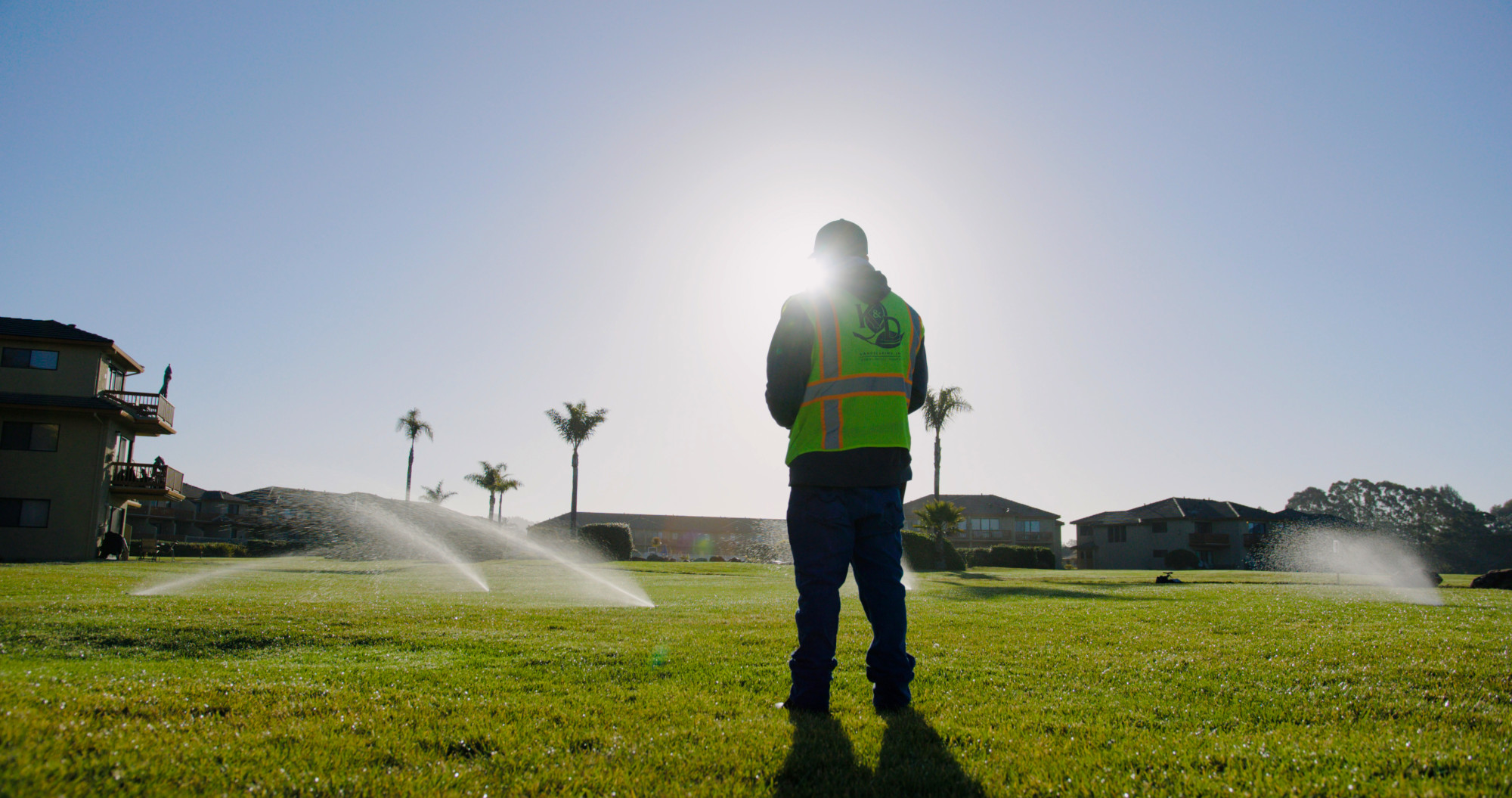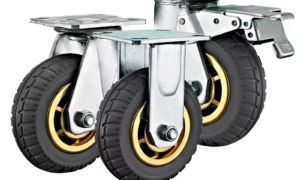When it comes to landscaping, water can be your greatest asset—or your worst enemy. Poor planning can lead to soggy patches, erosion, plant disease, and even foundation damage. If you’re designing a yard or updating your current layout, watch out for these seven common mistakes in water management—and learn how to fix them before they cost you.
1. Ignoring Drainage Needs
Many homeowners jump into landscaping without considering how water moves across their property. Flat yards, low spots, and compacted soil often lead to puddles and standing water.
Fix: Consider grading, French drains, or swales to redirect water effectively. Curious about cost? Check out this breakdown on French drain pricing.
2. Overwatering the Lawn
A lush lawn is great—but more water doesn’t mean more green. Overwatering leads to shallow roots, fungus, and runoff.
Fix: Water deeply, but less often. Use smart timers or moisture sensors to control irrigation and avoid waste.
3. Choosing the Wrong Plants
Some plants are thirsty by nature, while others thrive with minimal care. Using water-hungry species in dry climates sets you up for higher bills and plant stress.
Fix: Opt for native or drought-resistant plants. These choices lower your watering needs and usually resist pests better.
4. Poor Hardscape Planning
Driveways, patios, and walkways that aren’t permeable can worsen runoff and cause erosion.
Fix: Incorporate permeable pavers or gravel pathways. These allow water to soak into the soil instead of flowing into storm drains.
5. Skipping Mulch Beds
Uncovered soil loses moisture fast, grows weeds, and erodes easily.
Fix: Mulch retains soil moisture, controls weeds, and adds nutrients as it breaks down. Apply 2–3 inches around trees and in garden beds.
6. No Rainwater Capture
Letting rain simply wash away is a missed opportunity.
Fix: Install rain barrels or create a rain garden to capture and use runoff. It’s an eco-friendly way to hydrate your landscape for free.
7. DIY Without a Plan
Eyeing a weekend yard makeover? Without proper planning, water may pool in all the wrong places.
Fix: Partner with professionals who understand how grading, soil type, and drainage interact. Ware Landscaping can help you avoid long-term issues with smart, water-wise design.
Final Takeaway
Water-smart landscaping isn’t just about saving the environment—it’s about protecting your investment. Avoiding these mistakes will keep your yard looking great while reducing maintenance and costs over time.
FAQs
- Why is proper drainage important in landscaping?
Proper drainage prevents water from pooling in your yard, which can lead to soil erosion, plant disease, and even foundation damage. By ensuring water flows away from problem areas using grading, French drains, or swales, you protect both your landscape and your home. - How often should I water my lawn to avoid overwatering?
It’s best to water deeply but infrequently—generally 1–2 times a week, depending on your climate. Using smart timers or moisture sensors can help you provide the right amount of water without waste. - What types of plants are best for water-efficient landscaping?
Native and drought-resistant plants are ideal because they require less water, are better adapted to your region, and typically resist pests more effectively. This helps you save on both water bills and maintenance costs. - How can I reduce water runoff from hardscapes like patios and driveways?
Use permeable materials such as gravel, permeable pavers, or porous concrete. These allow rainwater to soak into the ground, reducing runoff and preventing erosion. - Is it worth installing a rainwater capture system?
Yes. Rainwater capture systems like rain barrels or rain gardens allow you to collect and reuse runoff for irrigation. It’s an eco-friendly, cost-effective way to keep your plants hydrated while reducing water waste.



































